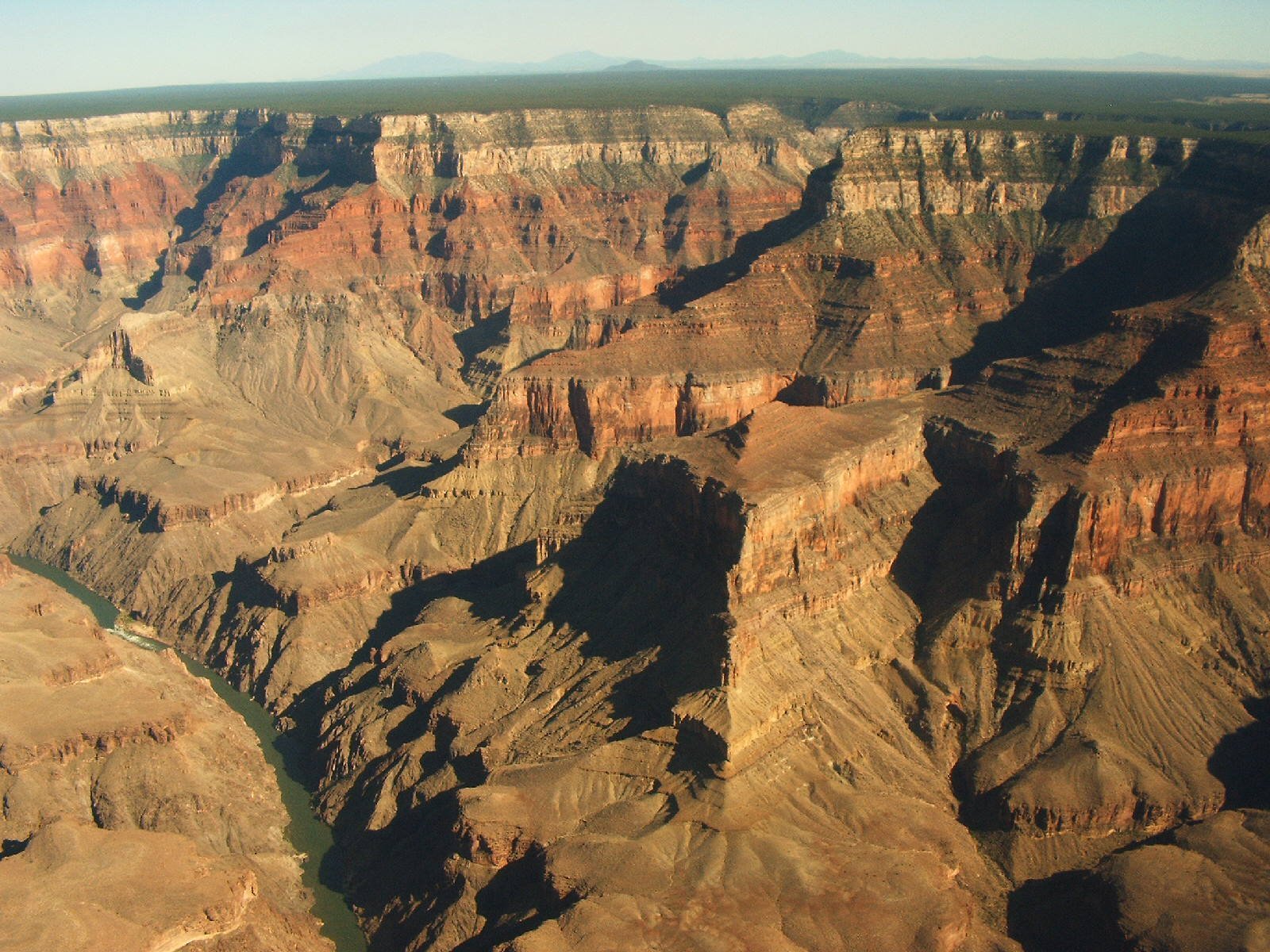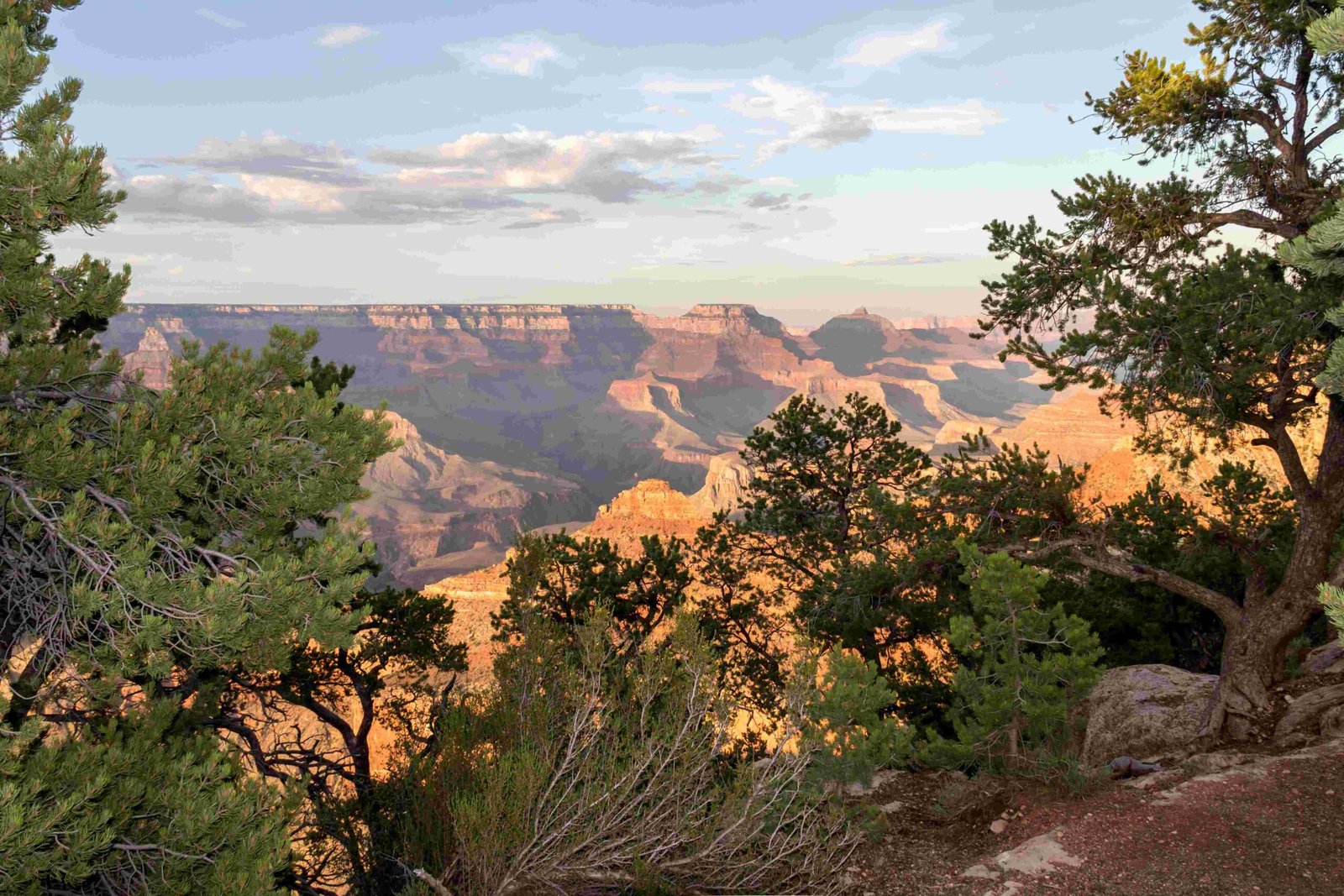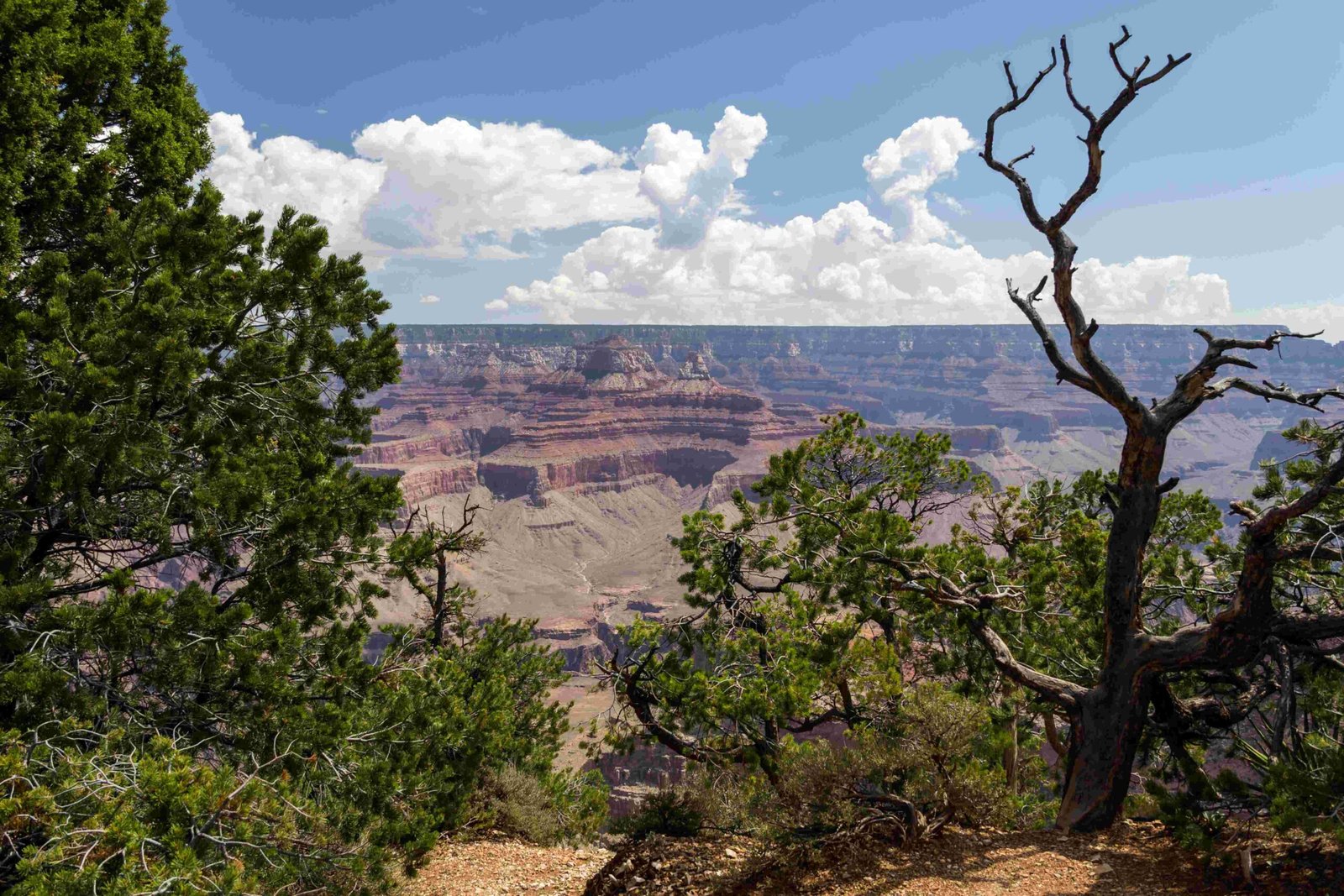The Grand Canyon harbors a diverse ecosystem with several potentially dangerous wildlife species that visitors must approach with caution. From venomous rattlesnakes slithering through rocky terrain to elusive mountain lions prowling remote areas, the canyon presents unique wildlife challenges. Understanding these animals’ behaviors and implementing proper safety strategies can help travelers navigate this magnificent landscape while minimizing risk.
What Venomous Snakes Inhabit the Grand Canyon?

Species of Concern
The Grand Canyon hosts several venomous snake species that hikers and visitors should be aware of:
| Snake Species | Venom Potency | Habitat Preference |
|---|---|---|
| Western Diamondback Rattlesnake | High | Rocky desert areas |
| Mojave Rattlesnake | Very High | Desert and canyon regions |
| Sonoran Coralsnake | Extremely High | Limited canyon areas |
Encounter Prevention Strategies
- Stay on designated hiking trails
- Wear sturdy hiking boots
- Use hiking poles to probe areas ahead
- Avoid walking through tall grass or rocky crevices
How Dangerous Are Mountain Lions in the Grand Canyon?
Mountain lions represent another significant predator within the canyon ecosystem. While rare, encounters can be potentially life-threatening. Key facts include:
Population Characteristics:
– Estimated population: 20-30 individual mountain lions
– Primarily nocturnal hunters
– Territorial and solitary animals
Mountain Lion Safety Protocols
- Never run if encountering a mountain lion
- Make yourself appear larger
- Maintain direct eye contact
- Back away slowly
- Protect children and small pets
What Insects Pose Risks in the Grand Canyon?

Potentially Harmful Insects
- Scorpions: Deliver painful stings
- Black Widow Spiders: Neurotoxic venom
- Brown Recluse Spiders: Potentially dangerous bite
- Ticks: Disease transmission potential
How Can Visitors Minimize Wildlife Risks?
Essential Safety Recommendations
- Maintain safe distance from all wildlife
- Carry first aid kit
- Learn basic wildlife identification
- Understand park emergency protocols
- Wear appropriate protective clothing
Emergency Response Guidelines
Immediate Actions for Wildlife Encounters:
– Remain calm
– Do not approach or provoke animals
– Contact park rangers immediately
– Seek medical attention for bites or stings
Wildlife Encounter Statistics
- Snake bite incidents: Less than 5 per year
- Mountain lion attacks: Extremely rare (0-1 per decade)
- Serious insect-related injuries: Minimal
Recommended Personal Protection Equipment
- Thick hiking boots
- Long pants and sleeves
- Insect repellent
- Snake gaiters
- First aid kit with anti-venom instructions
Final Wildlife Safety Considerations
Understanding and respecting the Grand Canyon’s wildlife ecosystem is crucial. While dangerous animals exist, proper preparation and awareness significantly reduce potential risks. Always prioritize personal safety and follow official park guidelines during your visit.
Emergency Contact Information
- Grand Canyon National Park Rangers: (928) 638-7800
- Emergency Services: 911

